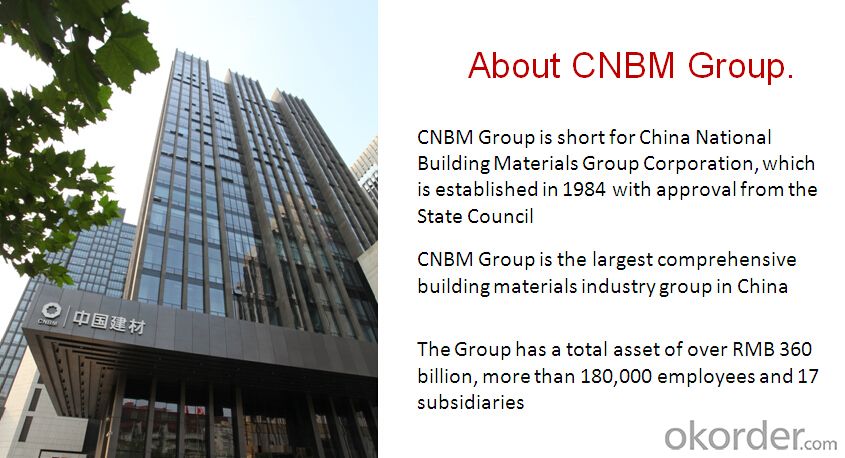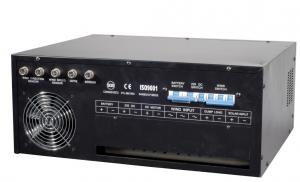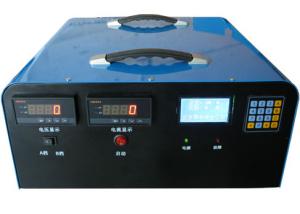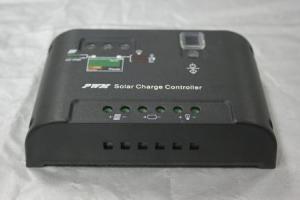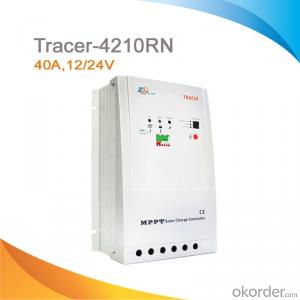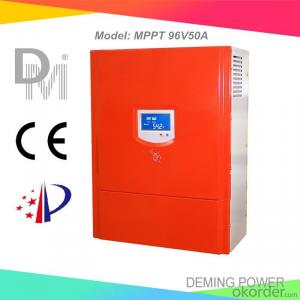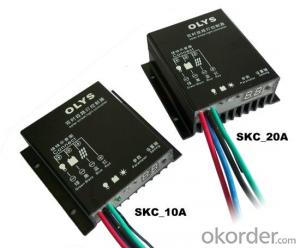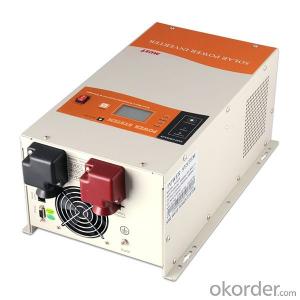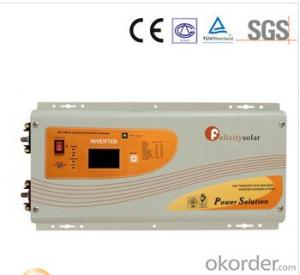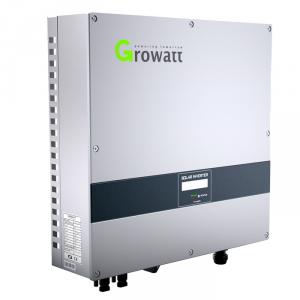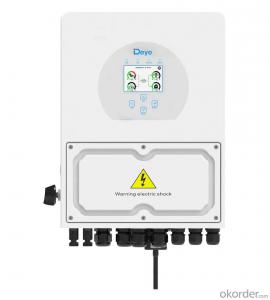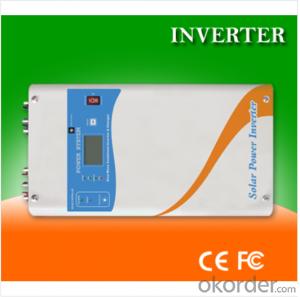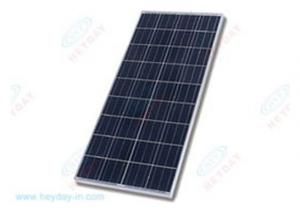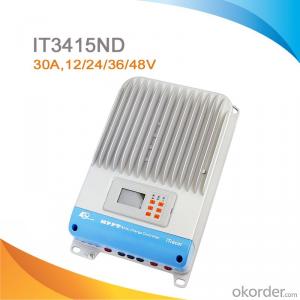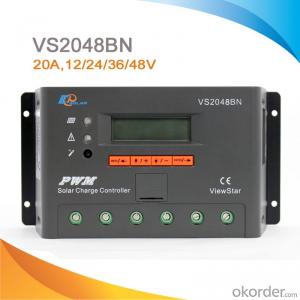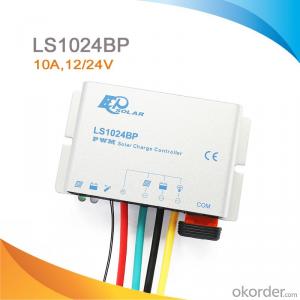Top Solar Controllers - ESA-1k/2k/3k Inverter/Charger Pure Sinewave Output with LF Transformer
- Loading Port:
- Shanghai
- Payment Terms:
- TT or LC
- Min Order Qty:
- 100 pc
- Supply Capability:
- 100000 pc/month
OKorder Service Pledge
OKorder Financial Service
You Might Also Like
Technical Features
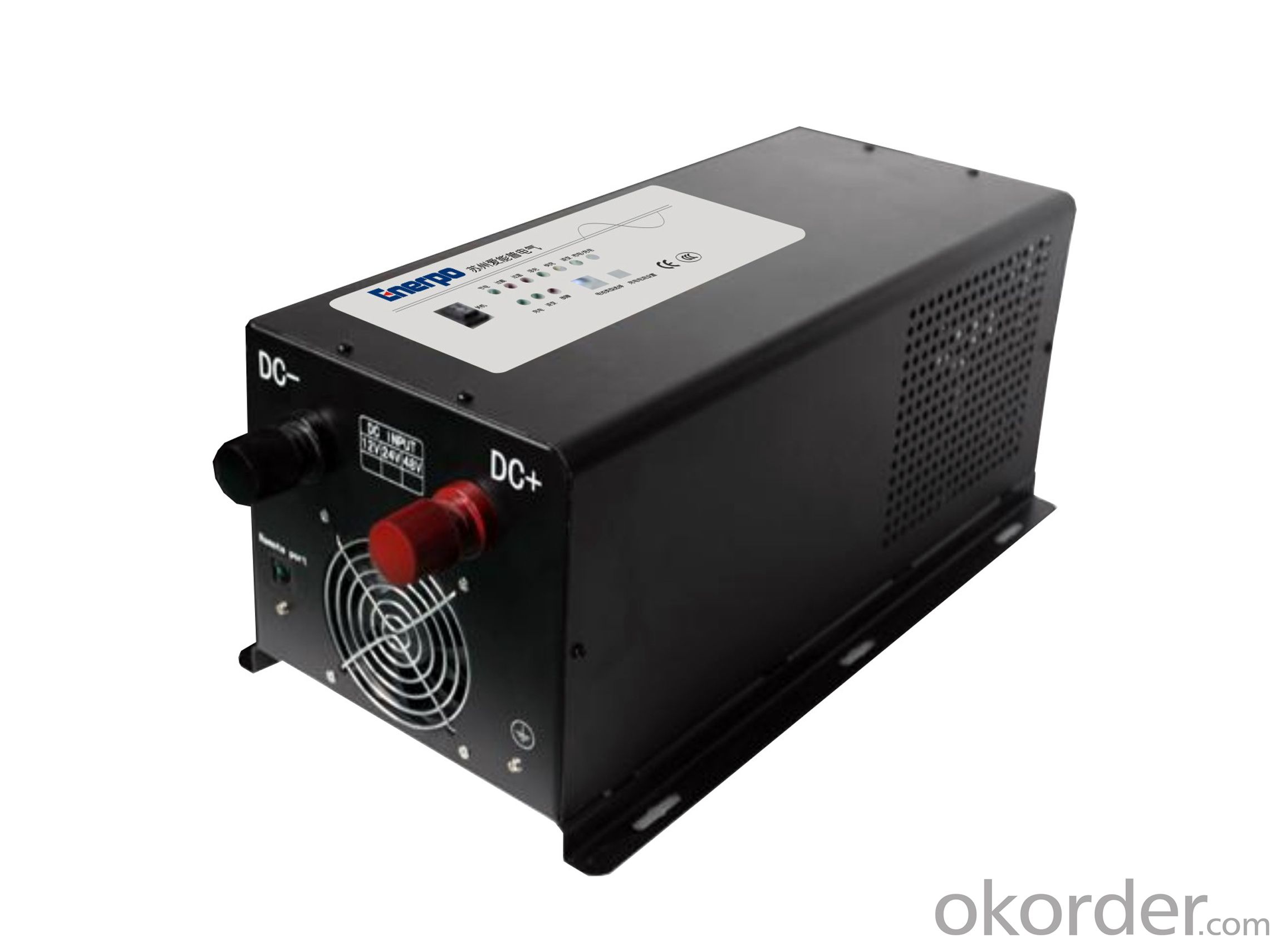
Pure sinewave output
Input/output full isolation with LF transformer
Enhanced digital control techonology
High reliability with full protection functions
Built-in multi-stage AC charger
High surge capacity
Automatically transfers AC input power from inverter output
1. SX/SXN Series is a Sophisticated Solar Charge Controller Which Offers Exceptional Features at an Extremely Competitive Price;
2. Data Logging
The SX/SXN charge controller stores system data for one year;
3. High Reliability Design
Superior design ensures high degree of reliablity through PCB conformal coating and anti-corrosive screws and terminals. Full electronic protection againsst short circuits, overload, overcurrent, reverse flow, wrong polarity and over-temperature;
4.Multifunctional LCD Display
The SOC bar indicates the exact state of charge(available energy)as a percentage through the battery gauge symbol. Load status and nightlight function are displayed symbolically;
5. Negative Grounding(SXN);6. Positive Grounding (SX);
7. Various Optional System Accessories;
8. Overcharge Protection;
9. Overdischarge Protection Selectable LCD Modes.


FAQ
Q: What is the warranty of this product ?
All the products have one year warranty.any quality problem not contain the manmade damage. For the details please contact with me.
Q: The product can be costomzied logo printing?
Yes, we have focused on solar charger and power bank for 8 years, OEM is welcome.
Q:What is the charging conversion rate ?
The charging convesion rate is 75%~80%.but when you charging mobile phone you may feel the conversion rate is not so high. That is nomal. For the 75% is the power bank dischaging rate, when charging mobile phone, the battery of phone itself have conversion rate too. so that's the reason.
For more detail infomation, please don't hesitate to contact with me.
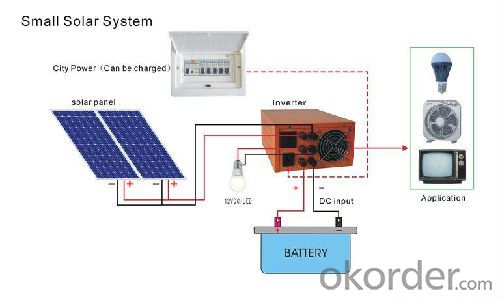
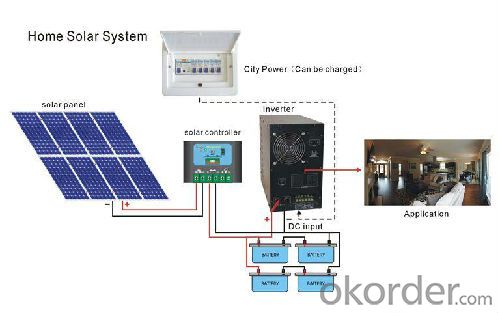
- Q: Are solar controllers weatherproof?
- Yes, solar controllers are typically weatherproof. Solar controllers are designed to withstand outdoor conditions, including exposure to rain, snow, extreme temperatures, and other weather elements. They are constructed with durable materials and often have an IP (Ingress Protection) rating that indicates their level of protection against dust and water. However, it is essential to check the specific product specifications and IP rating of a solar controller to ensure it is suitable for the intended outdoor application.
- Q: Can a solar controller be used for off-grid cabins or RVs?
- Yes, a solar controller can be used for off-grid cabins or RVs. A solar controller is an essential component of a solar power system, regulating the flow of electricity from the solar panels to the battery bank. It ensures that the batteries are charged efficiently and protects them from overcharging or damage. Whether it's an off-grid cabin or an RV, a solar controller helps optimize the use of solar energy and ensures a reliable and sustainable power supply.
- Q: Can a solar controller be connected to multiple solar panels?
- Yes, a solar controller can be connected to multiple solar panels. By connecting multiple solar panels in parallel or series, the solar controller can effectively manage and regulate the charging of the combined solar energy generated by all the panels.
- Q: Can a solar controller be used with different types of solar panel voltage regulators?
- Yes, a solar controller can be used with different types of solar panel voltage regulators. The purpose of a solar controller is to regulate and control the charging process of a solar panel system, regardless of the type of voltage regulator being used. As long as the solar controller is compatible with the voltage range and specifications of the solar panel voltage regulator, it can be effectively used to optimize the charging and protect the batteries in the system.
- Q: How does a solar controller handle battery desulfation?
- A solar controller handles battery desulfation by periodically applying a high voltage pulse to the battery, which helps break down and remove sulfation buildup on the battery plates. This process helps to rejuvenate the battery and improve its overall performance and lifespan.
- Q: Can a solar controller be used in a solar-powered drone charging system?
- Yes, a solar controller can be used in a solar-powered drone charging system. A solar controller helps regulate the charging process of the solar panels, ensuring optimal performance and preventing overcharging or damage to the batteries. By using a solar controller, the drone charging system can efficiently utilize solar energy and extend the lifespan of the batteries, making it a crucial component in a solar-powered drone charging system.
- Q: Can a solar controller be used with solar panels of different technologies (e.g., monocrystalline, polycrystalline)?
- Yes, a solar controller can be used with solar panels of different technologies such as monocrystalline and polycrystalline. Solar controllers are designed to regulate the charging process and manage the power flow from the solar panels to the battery or load. They are compatible with various types of solar panels and can efficiently handle the different voltages and currents produced by different technologies.
- Q: Are all solar controllers compatible with all types of batteries?
- No, not all solar controllers are compatible with all types of batteries. Different types of batteries have different charging and discharging characteristics, and as a result, require specific charging algorithms and voltage settings. Therefore, it is important to ensure that the solar controller is compatible with the type of battery being used to optimize charging performance and avoid potential damage.
- Q: Can a solar controller be used in a solar-powered space elevator system?
- No, a solar controller cannot be used in a solar-powered space elevator system. A solar controller is designed to regulate the charging and discharging of batteries in solar power systems, while a space elevator system requires a completely different set of components and technologies to function, such as strong and lightweight materials, a counterweight, and a climbing mechanism.
- Q: How does a solar controller handle electrical noise from the solar panels?
- The solar controller is designed to address electrical noise from the solar panels through various methods. To start, it utilizes a filtering mechanism that eliminates or reduces high frequency noise signals that could interfere with the controller's functioning. This filtering process involves the use of capacitors and inductors that absorb or block noise signals while permitting the desired DC power to pass through. Additionally, the solar controller may employ a technique known as Maximum Power Point Tracking (MPPT) to optimize the energy harvested from the solar panels. MPPT algorithms continually monitor the voltage and current output of the panels and adjust the operating point to ensure maximum power extraction. As a result, this process inherently minimizes the impact of electrical noise by maintaining a stable and efficient operation. Moreover, the solar controller can also incorporate various protection mechanisms to safeguard against electrical noise. These protections may include features like over-voltage and over-current protection, which help prevent any damage to the controller and the connected solar panels in the event of a noise-induced surge. In conclusion, the solar controller's ability to handle electrical noise from solar panels plays a vital role in ensuring optimal performance and protection. By utilizing filtering techniques, MPPT algorithms, and protective mechanisms, the controller effectively mitigates the impact of electrical noise, allowing for reliable and efficient operation of the solar power system.
Send your message to us
Top Solar Controllers - ESA-1k/2k/3k Inverter/Charger Pure Sinewave Output with LF Transformer
- Loading Port:
- Shanghai
- Payment Terms:
- TT or LC
- Min Order Qty:
- 100 pc
- Supply Capability:
- 100000 pc/month
OKorder Service Pledge
OKorder Financial Service
Similar products
Hot products
Hot Searches
Related keywords




